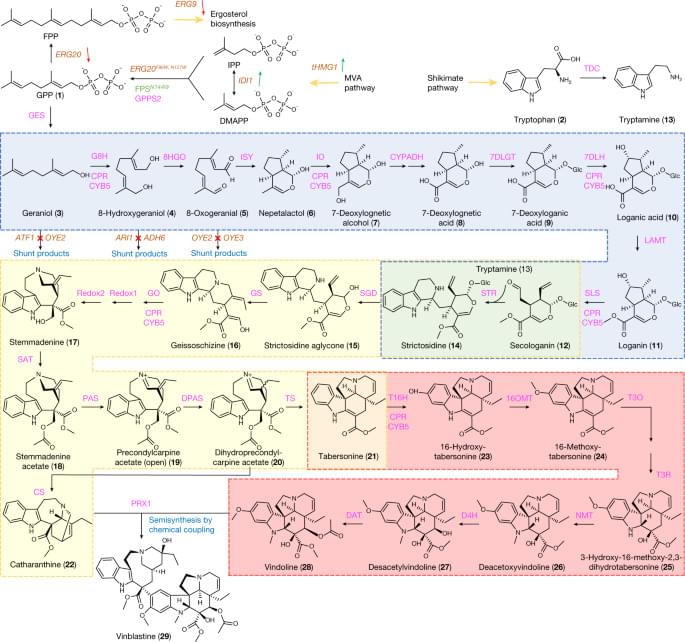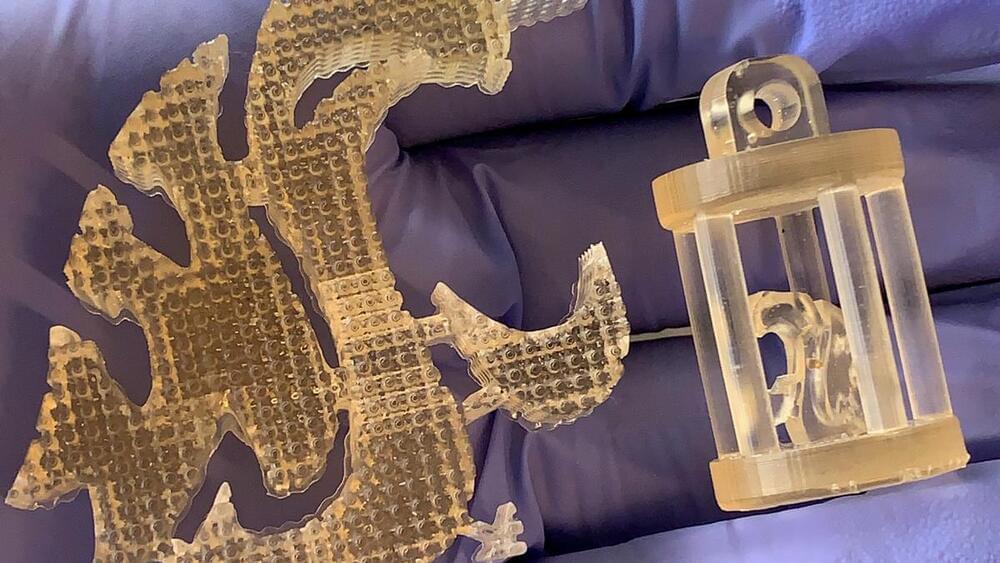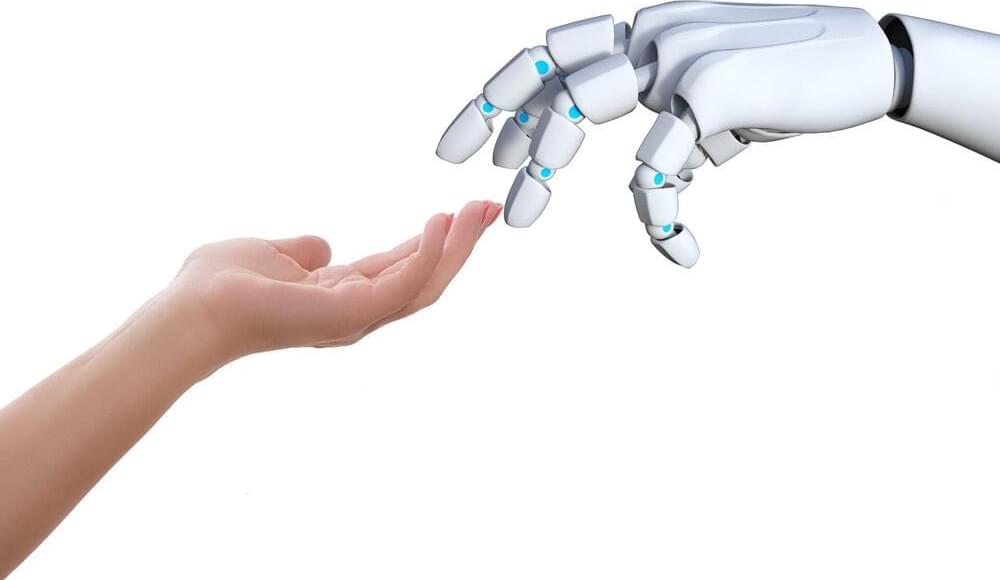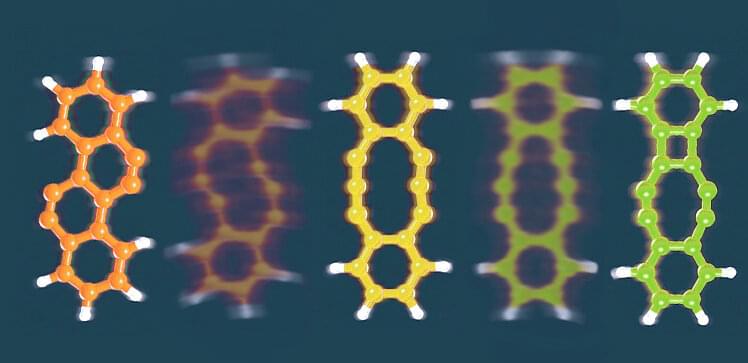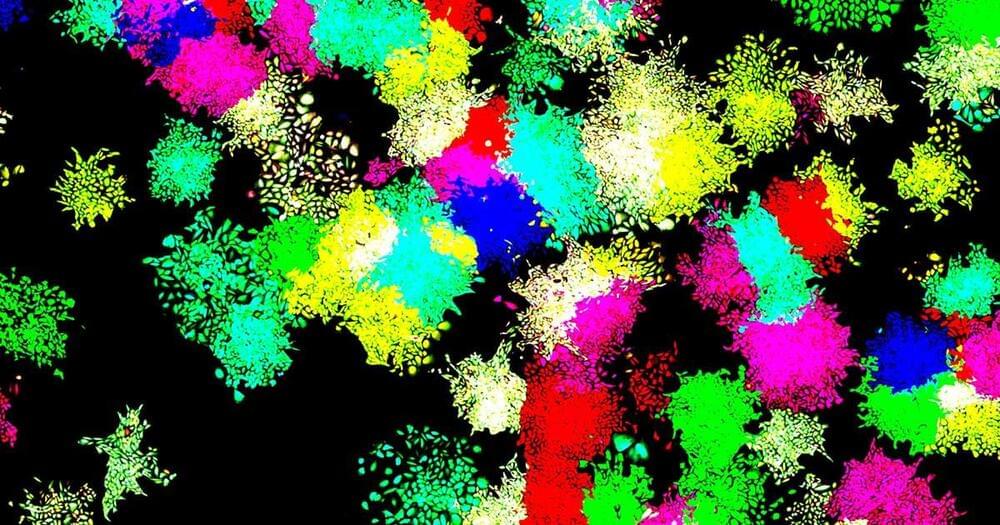
According to the American Chemistry Council, in 2018 in the United States, 27.0 million tons of plastic ended up in landfills compared to just 3.1 million tons that were recycled. Worldwide the numbers are similarly bad, with just 9% of plastic being recycled according to a recent Organization for Economic Co-operation and Development (OECD) report.
The statistics are even worse for certain types of plastic. For example, out of 80,000 tons of styrofoam (polystyrene.
Polystyrene was discovered by accident in 1,839 by Eduard Simon, an apothecary from Berlin, Germany. As one of the most widely used plastics in the world, polystyrene is used for bottles, containers, packaging, disposable cutlery, packing peanuts, and more. It can be solid or foamed (Styrofoam is a brand name of closed-cell extruded polystyrene foam).
